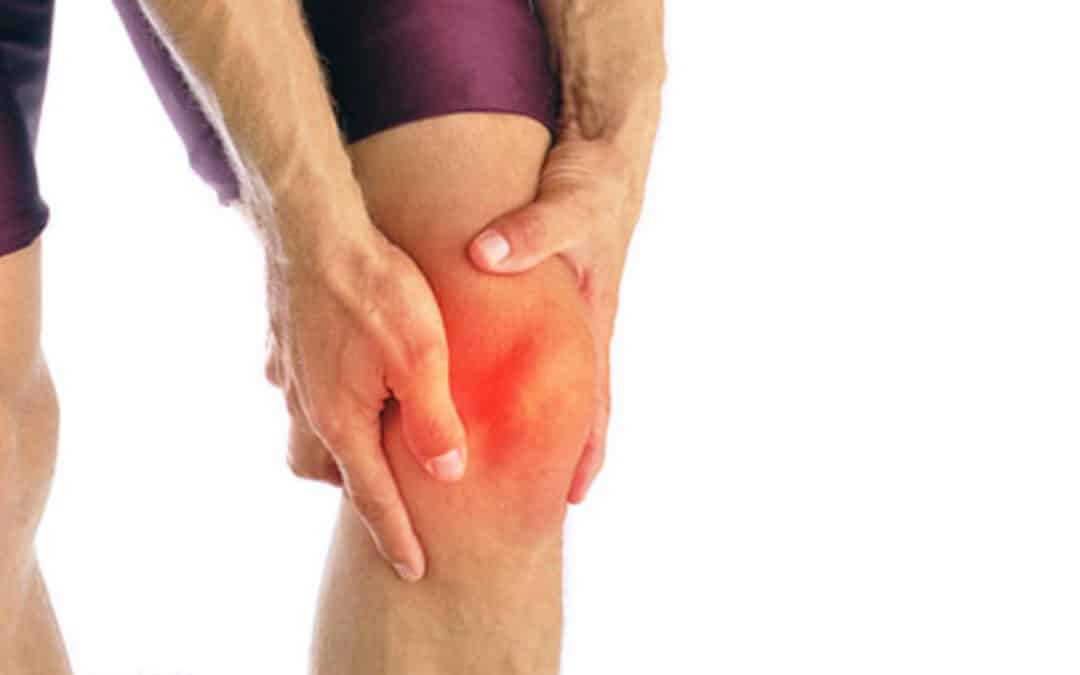Are you putting your knee at risk?
With a recent set back in my own training and sport due to a serious anterior cruciate ligament (ACL) and meniscus injury I thought it would be appropriate to kick off the new year with a blog highlighting some important aspects on ACL injury prevention and rehabilitation.
With a rising rate of ACL reconstruction surgeries in Australia, we need to start asking questions as to why? Australia has one of the highest reported rates of ACL injury in the world, this could be because many of the sports are court or field based and require planting and shifting at high velocities. According to The Medical Journal of Australia, in the last 15 years we have seen a 70% increase in surgical repair. A large proportion of this is with children under the age of 14. This could be because we are having our children specialize in a sport at too early of an age with less variability in play across all activities. That being said, these injuries still happen so let’s chat prevention and rehab.
Prevention
We not only want adequate strength around the hip, knee and ankle but we also want neuromuscular control with the lower limb. Being able to apply that lower limb strength in a dynamic manner such as when we are cutting and planting during high velocity running is essential. We also want adequate mobility particularly through the hips and ankles otherwise we will see the knee struggle with such dynamic movements.
A good strength and conditioning program focused on:
- Quadricep
- Hamstring
- Gluteal
- Gastrocnemius & soleus
- Intrinsic muscles of the foot
A good agility program focusing on:
- Cutting
- Planting feet/landing & stability
- Single leg stability
No one program is universal it should always be patient specific, but a few exercise regime examples include:
- Strength – back squats, monster walks, single leg dead lifts, lunges
- Agility– Ladder drills, hurdle drills, box jumps, cone drills
Injury & Rehabilitation
Now let’s look at what to expect post operation. For the most part, research is finding that athletes are returning to sport too early and potentially up to 80-90% of ACL reconstructed patients are not sufficiently passing standardized tests which can significantly increase the chances of re-injury of the affected knee or even the non-affected knee.
Following surgery, the primary goals are to:
- Control pain and swelling
- Return terminal knee extension
- Improve overall range of motion
- Get quadriceps activating again
Once we have achieved the first three goals, we can now move into the recommended return to play protocol:
- Pre-op
- Regain range of motion and 90% strength compared to good leg
- Six months of supervised rehabilitation program
- Regain knee range of motion & quadricep activity
- Strength and neuromuscular control
- Running Agility and landings
- Return to sport specific activities
With each section there is a progression and percentage of strength one must hit in order to move to the next level of rehab. Too put things in perspective some non-elite athletes that were monitored over a year were still not successfully passing their tests 8-9 months post-op.
To maximize prevention and rehabilitation if you do injury your ACL it is highly recommended that you have a plan in motion which should consist of professionals monitoring and strengthening the patient.
For more information please don’t hesitate to contact us at Neurohealth chiropractic 9905 9099.
References:
Cooper, R & Hughes M. 2018. Melbourne ACL Rehabilitation Guide 2.0. Premax.
Willis, O & Taylor, T. ACL reconstructions up more then 70 per cent among young Australians, study finds. ABC News. 23/04/18MacKay, J et al. Rehabilitation following regenerative medicine treatment for knee osteoarthritis. 2018.
Journal of clinical orthopeadics and trauma. https://doi.org/10.1016/j.jcot.2018.10.018




